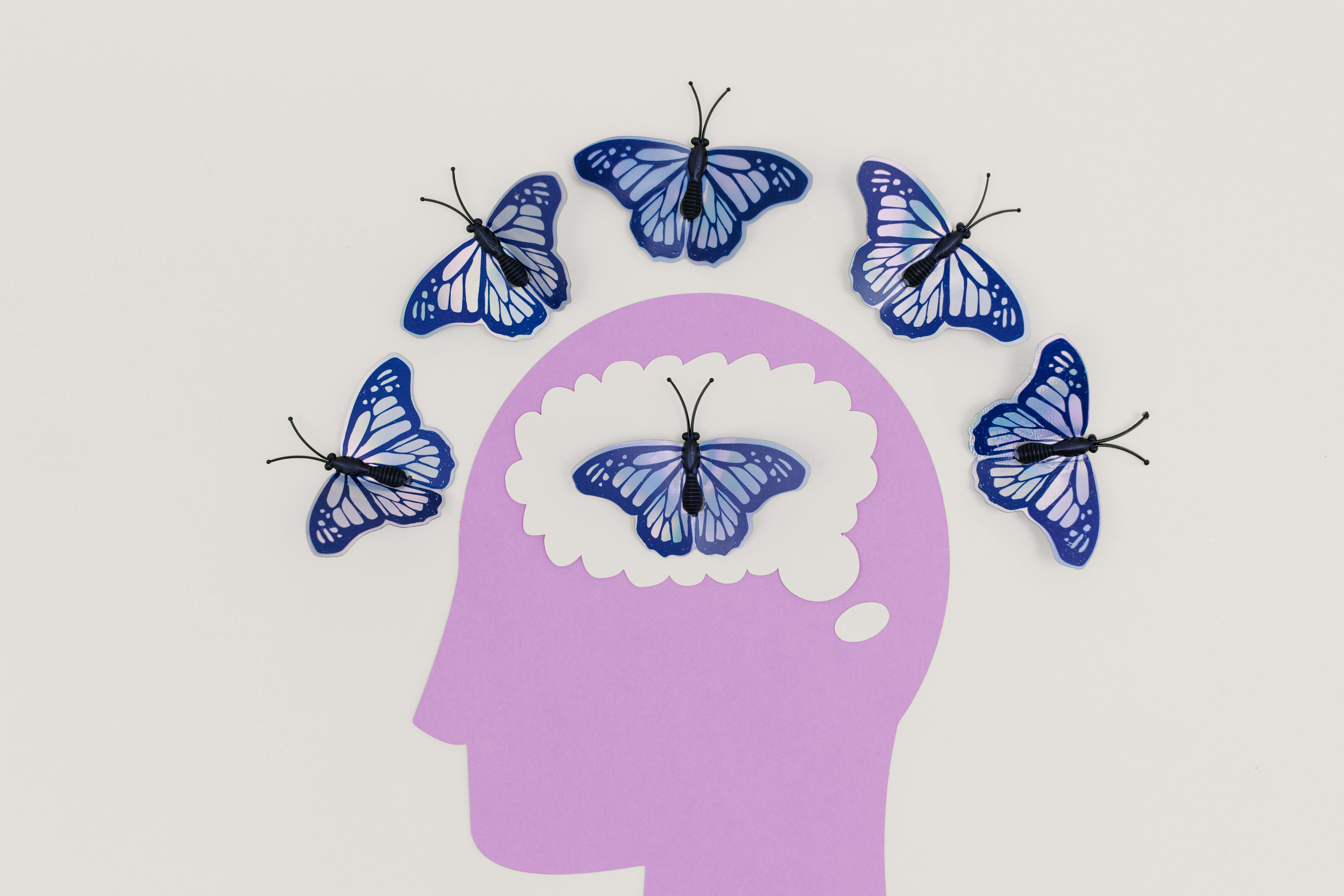In a hyper-competitive business landscape, customer experience (CX) is a critical differentiator. While most companies recognize the importance of exceptional customer service, few understand the deep-rooted neurological factors that shape human interactions. Neuroscience—the study of the brain and nervous system—offers valuable insights into how customers process information, react to service interactions, and form lasting impressions of a brand.
For contact centers, leveraging neuroscience principles can lead to more effective communication, higher customer satisfaction, and improved brand loyalty. In this blog, we’ll explore the brain’s role in customer interactions and outline strategies contact centers can use to optimize emotional engagement.
1. The Role of Emotion in Customer Service
The Brain’s Emotional Processing Centers
The human brain processes emotions primarily through the limbic system, which includes structures such as the amygdala and the hippocampus. The amygdala evaluates emotional significance, while the hippocampus helps store memories linked to those emotions. When customers interact with a contact center, their emotional responses are largely governed by these brain regions.
Negative interactions—such as long wait times, robotic responses, or unresolved issues—activate the amygdala’s threat response, leading to frustration and stress. Conversely, positive interactions—such as empathetic listening and personalized solutions—stimulate the release of oxytocin, a hormone linked to trust and emotional bonding.
Why Frustration Escalates in Customer Service Calls

When customers encounter poor service, their brains trigger a fight-or-flight response, releasing cortisol, the stress hormone. High cortisol levels can impair rational thinking, making customers more reactive and difficult to manage. Agents trained in emotional intelligence can counteract this by maintaining a calm, empathetic tone, which helps reduce stress and encourage cooperation.
2. Cognitive Load Theory in Contact Centers
Understanding Cognitive Load
Cognitive load refers to the amount of mental effort required to process information. The brain has limited capacity to handle complex data at once, meaning that overwhelming a customer with excessive details or complicated problem-solving processes can lead to frustration.
Strategies to Reduce Cognitive Load in Customer Interactions
- Clear and Simple Communication: Use concise language and avoid technical jargon.
- Structured Call Flows: Guide customers through a logical sequence to prevent confusion.
- AI-Powered Assistance: Implement chatbots or AI-driven agent assist tools to provide streamlined support.
- Visual Aids in Digital Interactions: Use images or step-by-step guides in live chat and email interactions.
Reducing cognitive load leads to smoother interactions and higher customer satisfaction, as customers can process information more easily.
3. The Science of Voice: How Tone Affects Customer Perception
The Psychology of Vocal Cues
Studies show that humans rely on vocal tone as much as, if not more than, actual words. The brain processes tone in the right hemisphere, which assesses emotional intent. Agents who speak in a warm, confident, and measured tone can build trust faster than those who sound robotic or rushed.
Impact of Speech Cadence and Pitch
- Slow and Steady Wins Trust: A measured speech cadence conveys confidence and professionalism.
- Empathy in Tone: A slightly lower pitch and softer tone signal understanding and warmth.
- Mirror and Match Technique: Matching a customer’s speech pattern can create subconscious rapport.
Real-Time Sentiment Analysis
AI-driven sentiment analysis tools can detect stress levels in a customer’s voice by analyzing tone, pitch, and word choice. These insights allow agents to adjust their approach in real time, improving call outcomes.
4. Personalization and the Brain’s Reward System

Dopamine and Personalized Experiences
Personalized interactions activate the brain’s reward system, specifically the ventral tegmental area (VTA) and nucleus accumbens, which release dopamine, the “feel-good” neurotransmitter. Studies show that when people hear their name or receive personalized service, their brain responds positively, reinforcing brand loyalty.
How Contact Centers Can Leverage Personalization
- Use the Customer’s Name Naturally: Personalized greetings enhance engagement.
- Reference Past Interactions: “I see you spoke with us last week about your order—let’s follow up on that.”
- AI-Driven Context Awareness: Implement CRM-integrated AI tools that provide agents with customer history and preferences.
A well-executed personalization strategy ensures customers feel valued, increasing their likelihood of brand advocacy.
5. Training Contact Center Agents with Neuroscience in Mind
How the Brain Retains Information
Neuroscientific research shows that the brain retains information best when learning is:
- Emotionally Engaging: Storytelling and real-life scenarios improve memory retention.
- Repetitive in Small Doses: Microlearning sessions reinforce knowledge.
- Gamified: Dopamine release in response to rewards enhances learning motivation.
Training Techniques Based on Neuroscience
- Interactive Simulations: AI-driven roleplay with real-time feedback.
- Microlearning Modules: Short, focused training sessions for better retention.
- Real-Time Coaching Tools: AI-powered prompts help agents refine their approach during live calls.
Implementing these neuroscience-backed strategies can significantly enhance agent effectiveness and job satisfaction.
Conclusion: The Future of Contact Centers and Brain Science
As neuroscience continues to evolve, its applications in customer service will become increasingly sophisticated. From real-time emotional analytics to AI-driven personalized experiences, the future of contact centers lies in understanding and optimizing the way customers think and feel.
By leveraging neuroscience insights, contact centers can enhance emotional engagement, build long-term customer relationships, and drive business success in a competitive marketplace. Brands that prioritize the science of human interaction will stand out as leaders in customer experience innovation.
Are you ready to integrate neuroscience-backed strategies into your contact center operations? Reach out to learn how our tailored solutions can elevate your customer experience today!
